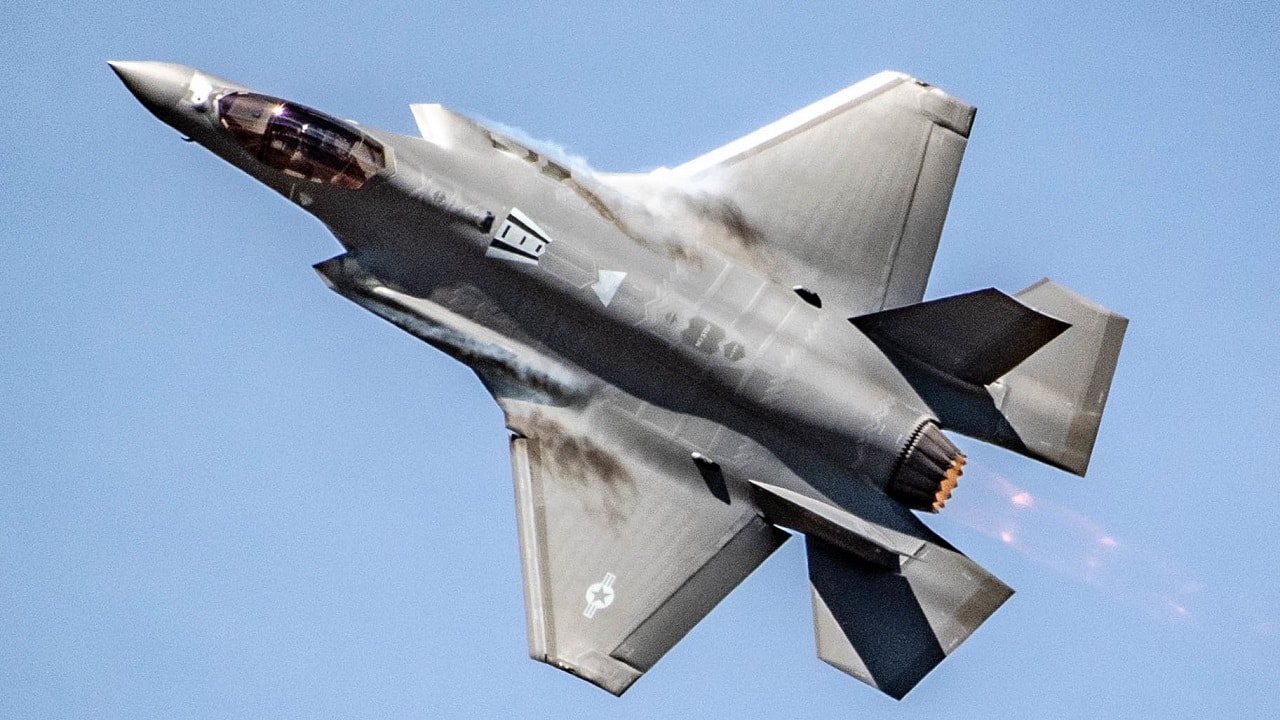The United States is bolstering defense and security alliances across the Indo-Pacific at a determined pace. Chinese provocations appear to be a major catalyst for this effort. Indeed, those provocations are reflected in China’s new national map, which includes territories within the national borders of India, Japan, Taiwan, the Philippines, Malaysia, Vietnam, and others. China is following the autocratic Soviet/Russian playbook, laying claim to its neighbors’ territories.
A collective defense arrangement for the Indo-Pacific is the most effective deterrent to Beijing’s hegemonic designs. It is time to give serious thought to an Indo-Pacific Treaty Organization. This IPTO would draw on lessons from NATO, whose relevance has been renewed and whose strength is now bolstered by Finland and soon Sweden.
Making It Formal in the Indo-Pacific
Several Indo-Pacific nations explicitly or tacitly rely on the United States as the guarantor of their security and territorial integrity. Many nations are acutely aware that U.S. security assurances and U.S.-enforced freedom of navigation shields them from greater Chinese economic coercion. Meanwhile, U.S. domestic politics over the last half-decade appear more amenable to expanding defense and security partnerships in the Indo-Pacific, rather than focusing on trade alliances. Consequently, the same idea is trending upward across the Indo-Pacific itself.
U.S. President Joe Biden has on more than one occasion unequivocally stated that the U.S. would come to Taiwan’s aide if it were invaded by China. His administration established a signature nuclear submarine and defense pact with Australia and the United Kingdom: AUKUS. It bolstered the U.S.-Japan security alliance and welcomed Japan’s new security and defense strategy to increase its defense budget to 2% of its GDP and develop counterstrike capabilities.
The U.S.-India defense partnership is steadily progressing. The goal is to make India a major Indo-Pacific hub for defense logistics, repair, and maintenance, and for the two nations to develop and produce defense systems together.
The U.S. has reaffirmed and expanded the scope of its 1951 Mutual Defense Treaty with the Philippines and gained access to four additional bases in the proximity of Taiwan and the Spratly Islands. The U.S. also entered into a defense cooperation agreement with Papua New Guinea to help develop and modernize its security forces.
At a Camp David summit in August, South Korea, Japan, and the U.S. pledged to institutionalize collective defense and economic security arrangements, including intelligence sharing and coordination concerning ballistic missiles.
During Biden’s September visit to Vietnam, the two nations are expected to enter into a “comprehensive strategic partnership” including improved defense and security cooperation.
Proper Deterrence
Meanwhile, China and Russia are also busy cementing bonds. Russian President Vladimir Putin and his Chinese counterpart, Xi Jinping, entered into what they called a “no-limits” partnership in 2022, before Russia invaded Ukraine. The two nations have increased their military cooperation, including military exercises that on occasion include North Korea and Iran. China has been the indispensable source of materiel and financing for Russia since the start of the Ukraine war. In Ukraine, the U.S.-supported NATO and China-backed Russia are engaged in a contest with wide geopolitical ramifications. A successful defense of Ukraine would bode well for an independent Taiwan.
In this developing global context, a collective security arrangement in the Indo-Pacific would do more than a patchwork of bilateral defense agreements to deter territorial invasions. It offers greater efficacy in deploying U.S. military assets to ensure regional security. It encourages greater interoperability across the defense systems of the member states. It also calls for greater commitment by regional actors to preserve a free and open Indo-Pacific.
The U.S. remains the indispensable guardian of a free and open Indo-Pacific, but it need not be the only one shouldering the burden. More than 11 European nations in NATO have allocated a greater portion of their GDP in support of Ukraine than the U.S. Similar commitments from local actors are needed for a free and open Indo-Pacific.
A vocal minority in the U.S. calls for greater military focus on the Indo-Pacific at the cost of NATO and European interests. Instead of hollowing one to buttress the other, it is in the U.S. interest to reinforce both. NATO is the most consequential defensive alliance in the world, responsible in large measure for the regional and global peace and prosperity that have prevailed since World War II. Pragmatism and prudence argue for adapting NATO’s relevant features to another region of prime American interest — the Indo-Pacific. South Korean armaments are critical to Ukraine’s defense. European armaments may reciprocate in a future dispute in the Indo-Pacific.
Time to Talk About It
Most Indo-Pacific nations want U.S. security guarantees but have not yet made the leap to a regional collective security arrangement. The process of getting there should be an organic one, but the U.S. should start engaging nations about the pragmatic operational benefits.
The main determinant in the eventual formation of an Indo-Pacific Treaty Organization will be Chinese behavior. If Beijing continues in its bellicosity, as seems likely from Xi’s pronouncements, then the attraction of an IPTO’s collective assurances will steadily grow. An IPTO would offer much-needed clarity of purpose, strategy, and coordination. It would institutionalize a free and open Indo-Pacific resilient enough to deter the hegemonic designs of Chinese dictators. It would help the U.S. be more efficient when it deploys its military across the North Atlantic and the Indo-Pacific. Importantly, it would strengthen regional security through greater engagement.
It is time to talk about creating an Indo-Pacific Treaty Organization.
About the Author
Kaush Arha is president of the Free & Open Indo-Pacific Forum and a senior fellow at the Atlantic Council and the Krach Institute for Tech Diplomacy at Purdue.

